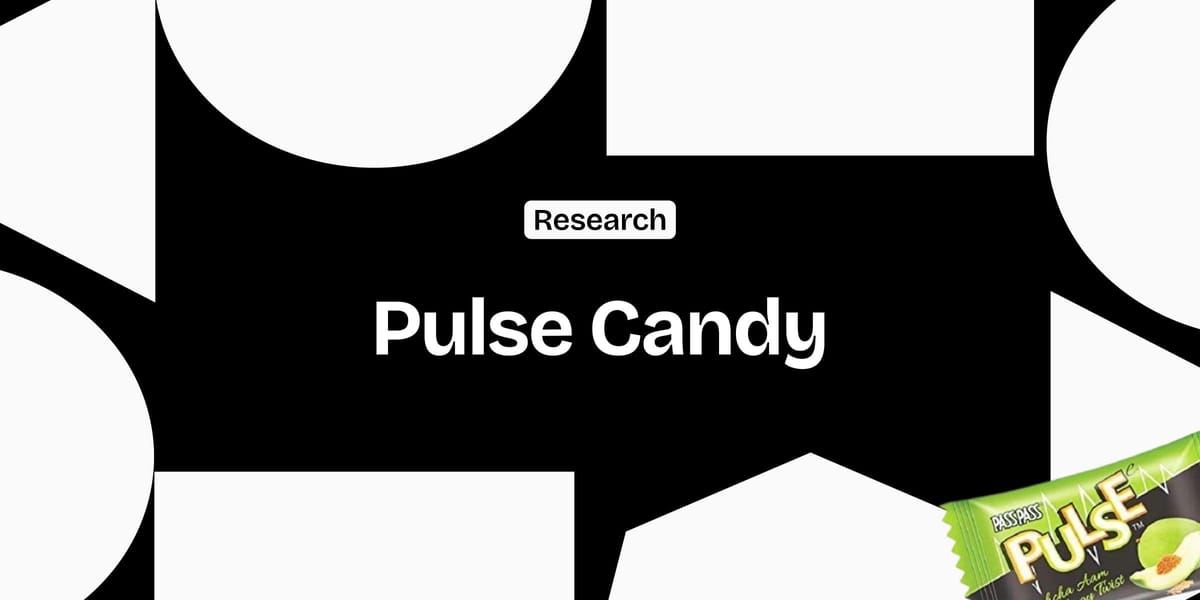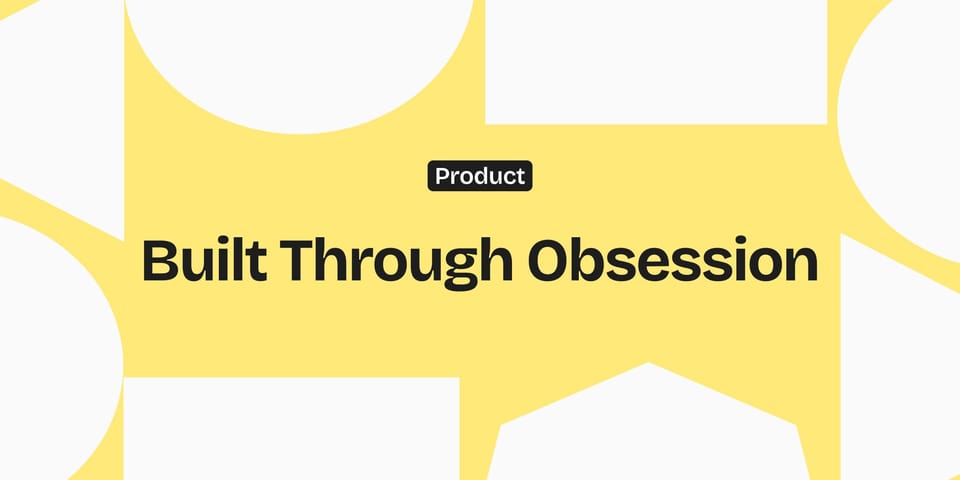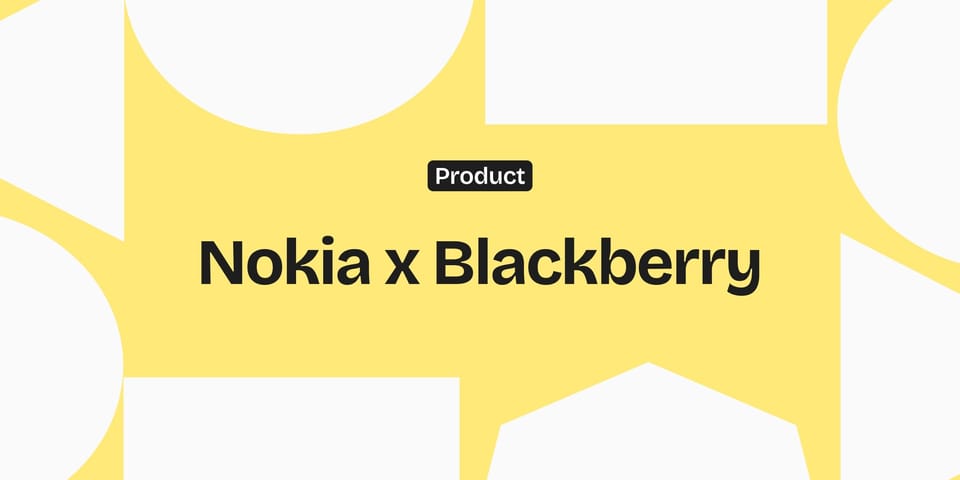Pulse Candy: A Disruptive Story
How a ₹1 candy turned into a ₹750 crore obsession. Pulse nailed local flavor, sparked viral buzz, and rewrote FMCG playbooks without a single celeb ad.

No celebrities. No TVCs. No big-budget marketing blitz. Just a tangy little candy that hijacked taste buds and disrupted an entire market.
This is the story of Pulse Candy, a brainchild of the DS Group, which turned a humble desi treat into a cultural and commercial phenomenon. Within two years of its launch in 2015, Pulse crossed the ₹300 crore mark in sales. By 2022, that number grew to an astounding ₹750 crore.
Let's peel back the wrapper on how a candy that cost less than a rupee became one of India's most iconic FMCG stories.
The Market Opportunity
Before Pulse, retail candy shelves were mostly filled with repetitive chocolate bars, boiled sweets, and sugary gums. Legacy brands focused on Western flavor profiles, pushing globalized tastes in an Indian market hungry for something different.
There was an unspoken craving for something more native, more us. Think churan, aam papad, imli goli - flavours our childhoods were built on.
DS Group spotted the white space: A modern take on nostalgic, Indian flavours.
A Flavor Bomb Called Pulse
Pulse wasn't your regular candy.
It started with the tangy sweetness of raw mango. But hidden inside was a core of spicy masala, like a flavor explosion midway through a bite. A throwback to kacha aam and churan.
This layered taste experience tapped deep into Indian palates, creating something both familiar and new. It wasn't just candy, it was a sensory surprise.
Marketing Without a Big Bang
No Salman Khan. No IPL ad spots. Just people passing Pulse to each other.
Instead of a flashy launch, DS Group let the product speak. And India listened. Young people shared it. Memes were made. And curiosity drove trial.
This wasn't accidental. It was strategy: build scarcity, generate buzz, then flood availability.
In fact, in 2016, Pulse was so scarce it became a street-level craze. Craving ran so high that vendors refused to sell full boxes, preferring to sell pieces individually because entire stocks would sell out before the next lot even arrived.
Scarcity became a feature, not a bug.
Distribution Done Right
If you were a kid in 2016, chances are your local kirana had a Pulse jar by the counter.
DS Group cracked FMCG's core truth: distribution is king. Within months, Pulse was available in over 3.5 million outlets, from rural paan shops to urban supermarkets.
This omnipresence helped Pulse break out of metros and reach every pincode. It didn't just belong to the urban middle class, it became India's candy.
Scaling Up & Staying Fresh
Post the mango magic, Pulse doubled down:
- Guava with masala core
- Orange, Litchi, Pineapple spins
- Pulse Shots (bite-sized candy bombs)
- Pulse Golmol Imli, chewy tangy versions
- Even sugar-free innovations for the health-conscious
The brand didn't stop at nostalgia. It kept iterating, staying relevant without losing its core.
Beating the Big Brands
Legacy FMCG players tried to respond, but Pulse had already cracked the taste-code.
They understood that ₹ 1 wasn't just a price point, it was a decision-free delight. Consumers didn't think twice. They grabbed Pulse with spare change. It was impulse at scale.
And while big brands chased margins, Pulse chased mouths.
The Global Play
With success in India, Pulse began exporting to the US, UK, Canada, and beyond.
Indian diaspora loved it. But even non-Indians were intrigued. The spice-sweet fusion was different, and increasingly, Indian flavors are becoming part of the global gourmet wave.
Pulse became more than a candy. It became a cultural export.
Lessons for Entrepreneurs & Marketers
Here's what Pulse teaches us:
- Innovation isn't always about tech. Simplicity can be disruptive.
- Product-market fit matters more than marketing stunts.
- Local taste, when done well, scales better than global imitation.
- Distribution wins wars.
Also, never underestimate the power of word-of-mouth. Pulse proved that with flavor alone, a brand can go viral.




